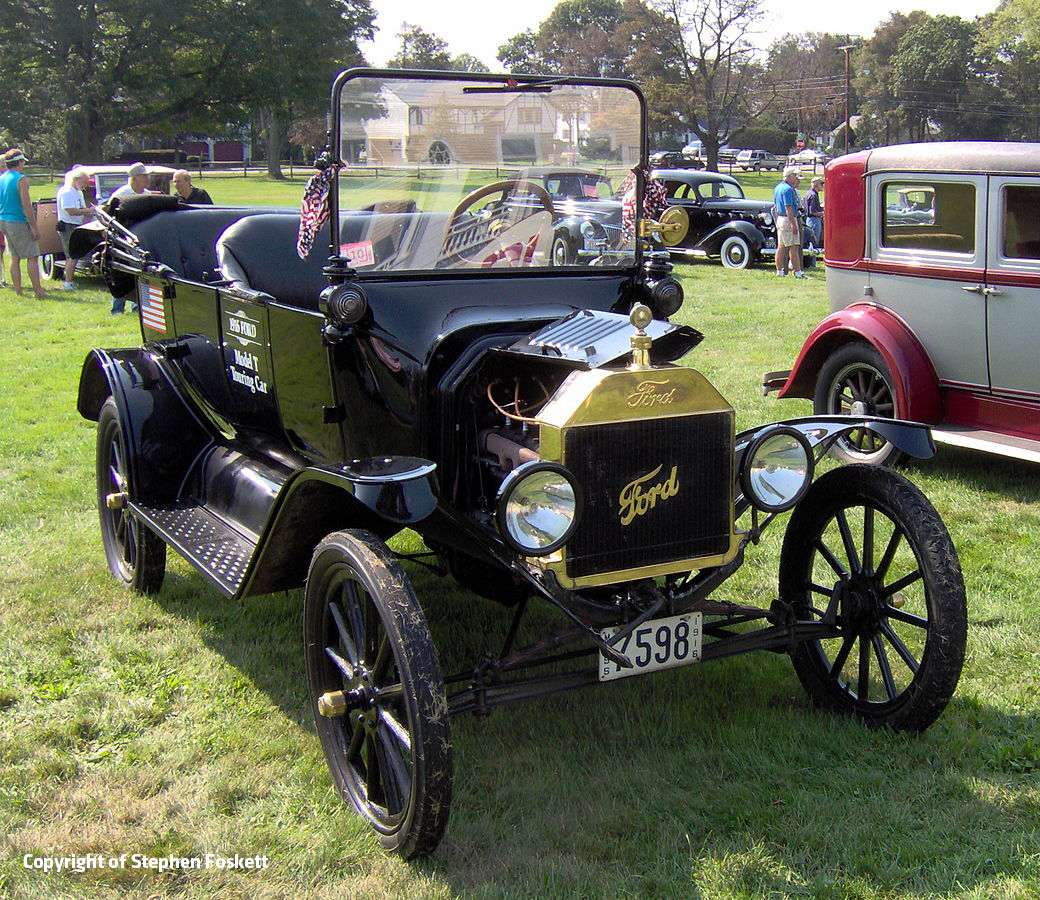How have cars changed in the past century?
It’s a time of substantial change for our cars and how they work. The push towards automation has been making a difference, with small steps towards full automation giving instructions to keep cars far enough apart in queues, to keep them in lane, to assist emergency braking on one way or another and so on.
At the same time there are changes in the way vehicles are powered, moving from petrol and diesel towards electricity in some form or other with both hybrid and fully electric vehicles around.
I was with some friends recently visiting someone they knew. On arrival, there was a set of preserved cars and commercial vehicles from (mainly) around the period of the First World War.
There were electric vehicles with the electricity produced by a petrol generator, straightforward petrol engine cars, and at least one steam vehicle. It was a fascinating array, and amongst all the other things, it brought to my mind the complexity of driving these differing types of machinery, which were all on the road at about the same time.

It was also a time of great change in the way vehicles were designed and engineered, as the (then) new technology that was being developed into usable machinery found limits, challenges and opportunities.
Driving old vehicles like those can be great fun, if somewhat challenging in a modern world with the increase in traffic. It reminds me how much attention the machinery needs compared to the automated and finely engineered life we are so accustomed to now.
-flickr-user-tim-green-v2.jpg?sfvrsn=d1516a9a_0)
It becomes so easy to understand how some of the basic principles we still apply when we drive were developed – changing gear before steering, because doing both at once can become difficult, or finish braking before turning because grip is not as readily available on solid tyres as we are used to.
None of that means we should undermine those basics – if you want a safe environment then these are still important – but the level of attention to managing the machine is now so much less. Which means our capacity to manage the ever-increasing complexity of traffic systems is greater (and it is easier to be distracted).
Driving changes like that and over the years we have moved our attention from managing the machine to managing the situation around us. There will be more changes, as we adapt to greater degrees of automation. The principles of safety remain the same.
However, stay within the capabilities of the machine you are using, the environment you are using it in, and the people involved.
We all need to deal with whatever change happens around us, and keeping an eye on how this all develops will be important to us as individuals, all faced with our own circumstances and challenges.
Like the change from steam and solid tyres to petrol and pneumatic tyres, there will be advantages and some downsides. Like those changes a century or so ago, there will be some systems that survive and thrive, and others that do not make a success - there will be routes forward, and some dead-ends along the way.
But like a 100 years ago, as well as embracing the inevitable changes we need to be sensible and keep an eye on what is happening to make sure it works for us all and brings a better world. It should be good, if we are ready for the challenge.
-keiran-white-v2.jpg?sfvrsn=e6516a9a_0)
By Peter Rodger, IAM RoadSmart's head of driving advice

